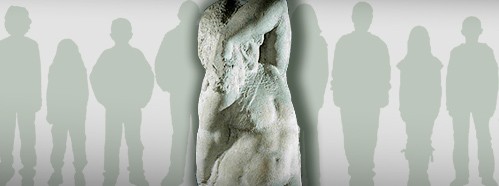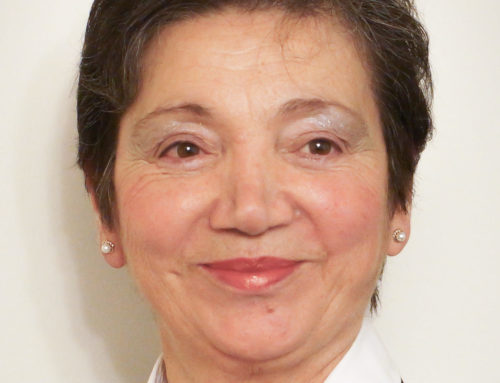Human trafficking is a crime that exploits women, children and men for numerous purposes including forced labour and sex. The International Labour Organization estimates that 21 million people are victims of forced labour globally. This estimate also includes victims of human trafficking for labour and sexual exploitation. While it is not known how many of these victims were trafficked, the estimate implies that currently, there are millions of trafficking in persons victims in the world.
Every country in the world is affected by human trafficking, whether as a country of origin, transit, or destination for victims. Children make up almost a third of all human trafficking victims worldwide, according to the United Nations Office on Drugs and Crime Global Report on Trafficking in Persons. Additionally, women and girls comprise 71 per cent of human trafficking victims, the report states.
In 2010, the General Assembly adopted the Global Plan of Action to Combat Trafficking in Persons, urging Governments worldwide to take coordinated and consistent measures to defeat this scourge. The Plan calls for integrating the fight against human trafficking into the UN’s broader programmes in order to boost development and strengthen security worldwide. One of the crucial provisions in the Plan is the establishment of a UN Voluntary Trust Fund for victims of trafficking, especially women and children.
The Trust Fund facilitates effective, on-the-ground assistance and protection to victims of trafficking, through grants to specialized NGOs. In the coming years, it aims to prioritize victims coming from a context of armed conflict and those identified among large refugee and migration flows. It will also focus its assistance to victims trafficked for the purpose of sexual exploitation, organ removal, forced begging, forced criminality and emerging exploitative purposes (e.g. skin removal, online pornography).
In 2013, the General Assembly held a high-level meeting to appraise the Global Plan of Action. Member States also adopted resolution A/RES/68/192 and designated July 30 as the World Day against Trafficking in Persons. This resolution declared that such a day was necessary to “raise awareness of the situation of victims of human trafficking and for the promotion and protection of their rights.”
In September 2015, the world adopted the 2030 Sustainable Development Agenda and embraced goals and targets on trafficking in persons. These goals call for an end to trafficking and violence against children; as well as the need for measures against human trafficking, and they strive for the elimination of all forms of violence against and exploitation of women and girls.
Another important development is the UN Summit for Refugees and Migrants, which produced the groundbreaking New York Declaration. Of the nineteen commitments adopted by countries in the Declaration, three are dedicated to concrete action against the crimes of human trafficking and migrant smuggling.
‘Act to Protect and Assist Trafficked Persons’
This year the United Nations Office on Drugs and Crime (UNODC) has chosen ‘act to protect and assist trafficked persons’ as the focus of the World Day. This topic highlights one of the most pressing issues of our time — the large mixed migration movements of refugees and migrants. The theme puts the spotlight on the significant impact of conflict and natural disasters, as well as the resultant, multiple risks of human trafficking that many people face. It addresses the key issue concerning trafficking responses: that most people are never identified as trafficking victims and therefore cannot access most of the assistance or protection provided.
#HumanTrafficking #EndHumanTrafficking










http://www.fiamc.org/?s=trafficking&lang=en